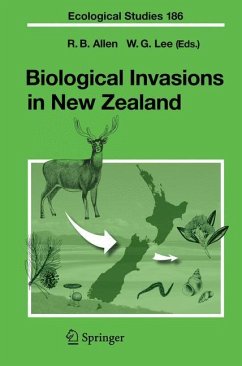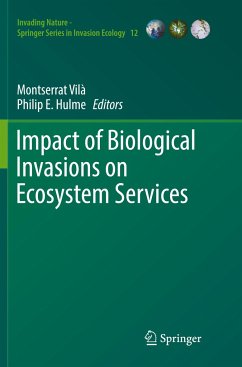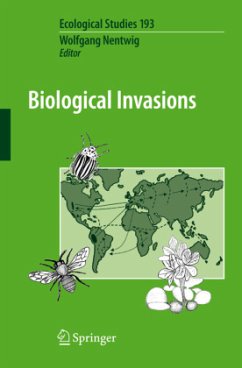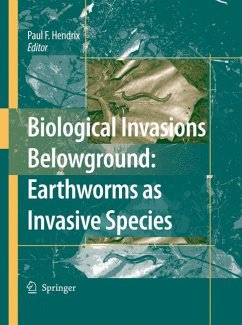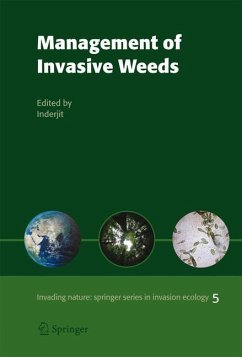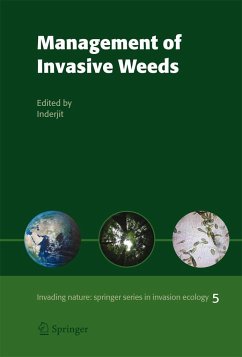
Biological Invasions in Changing Ecosystems
Vectors, Ecological Impacts, Management and Predictions
Herausgegeben: Canning-Clode, João
Versandkostenfrei!
Versandfertig in 6-10 Tagen
128,99 €
inkl. MwSt.

PAYBACK Punkte
64 °P sammeln!
When organisms are deliberately or accidentally introduced into a new ecosystem a biological invasion may take place. These so-called 'invasive species' may establish, spread and ecologically alter the invaded community. Biological invasions by animals, plants, pathogens or vectors are one of the greatest environmental and economic threats and, along with habitat destruction, a leading cause of global biodiversity loss. In this book, more than 50 worldwide invasion scientists cover our current understanding of biological invasions, its impacts, patterns and mechanisms in both aquatic and terre...
When organisms are deliberately or accidentally introduced into a new ecosystem a biological invasion may take place. These so-called 'invasive species' may establish, spread and ecologically alter the invaded community. Biological invasions by animals, plants, pathogens or vectors are one of the greatest environmental and economic threats and, along with habitat destruction, a leading cause of global biodiversity loss.
In this book, more than 50 worldwide invasion scientists cover our current understanding of biological invasions, its impacts, patterns and mechanisms in both aquatic and terrestrial systems.
In this book, more than 50 worldwide invasion scientists cover our current understanding of biological invasions, its impacts, patterns and mechanisms in both aquatic and terrestrial systems.




